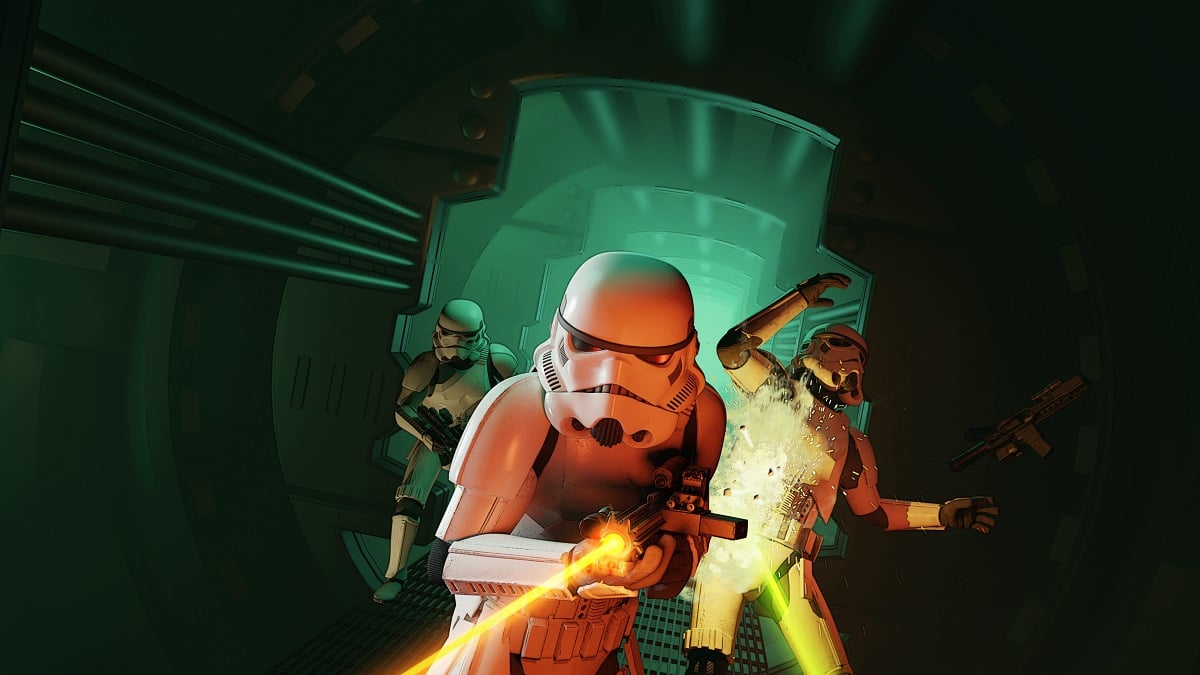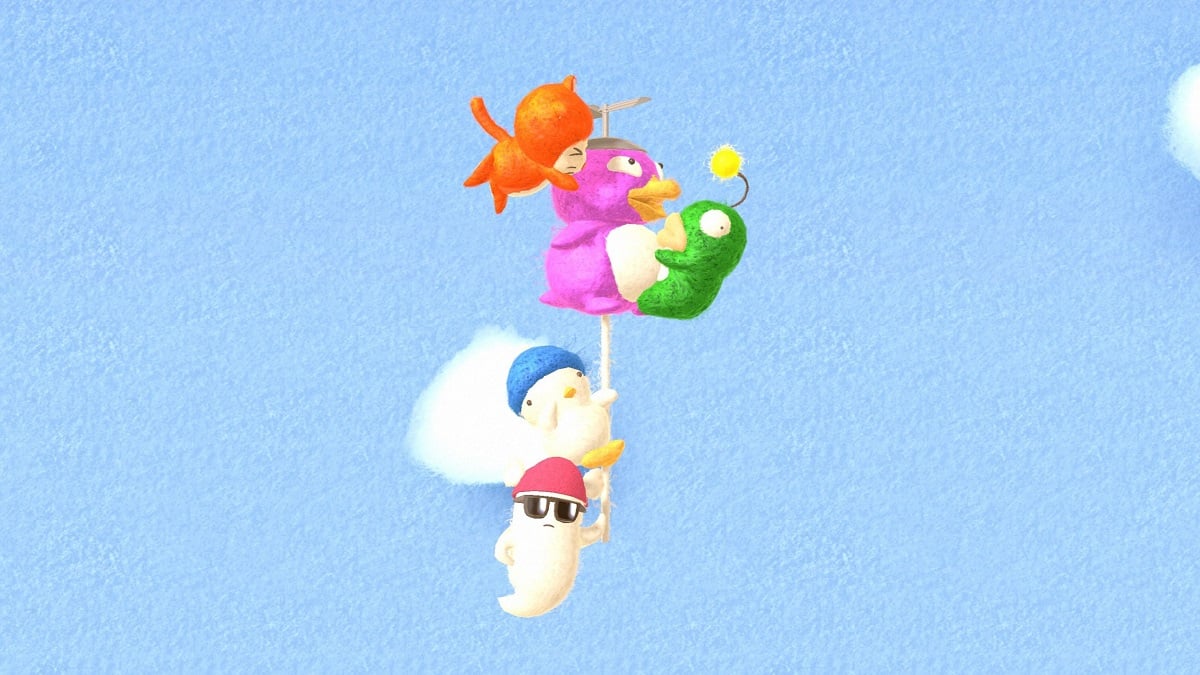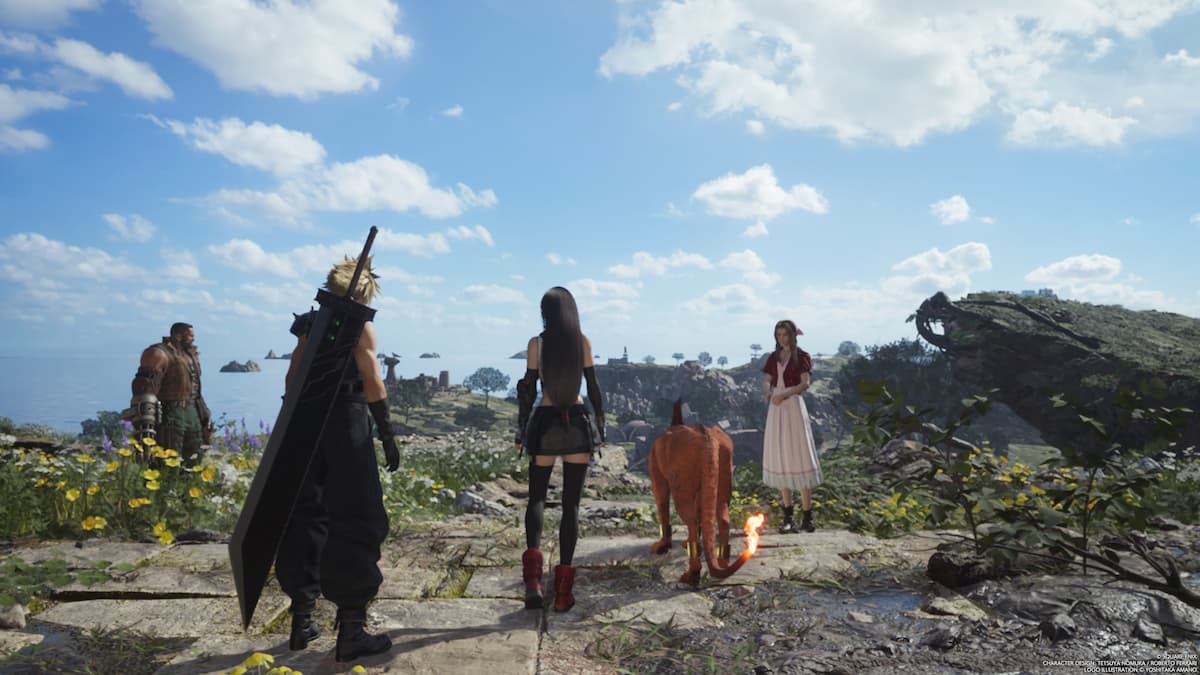
January is almost over, and as usual, the big releases slowed down after the busy holiday season. Hitman 3 was excellent, but other anticipated games like The Medium and Cyber Shadow didn’t totally deliver. But sometimes a game can come out of nowhere and impress you, and that’s why I’m excited about Olija by Skeleton Crew Studios. It just launched this week, and I’ve had a great time with it so far; it blends fast-paced combat, an atmospheric and alluring world, and engaging settlement-building to create one of the year’s first big surprises. Here’s why you should check it out.

Story And Presentation
I haven’t finished Olija, so I can’t speak to the whole story’s overall quality. However, I am deeply intrigued. The game opens with protagonist Lord Faraday getting shipwrecked among the islands of Terraphage while on a mission to bring treasure and resources back to his struggling village. His crew gets scattered to various isles, so it becomes something of a rescue mission as he explores creepy dungeons in search of them. Before long he encounters creepy, shape-shifting monsters and other hostile foes, as well as the mysterious Lady Olija. I’m not sure what to make of Olija herself yet, but I’m curious to see what her agenda is as Faraday tries to recover his crew and get the heck out of Terraphage.
If you watch Olija’s animated launch trailer, it’s easy to feel slighted by its in-game presentation. Sure, it’s not a stylish animated epic, but the pixel art is smoothly animated in a way that feels like a modern take on the original Prince of Persia. Cutscenes make the most of this with dramatic camera angles and copious abrupt cuts to black. In short, Olija has style. There’s also plenty of disturbing moments, usually involving the brutal manner Terraphage’s monstrosites murder or transform their victims. The ominous soundtrack creates a constant sense of eerie unease, which is appropriate given you’re facing bizarre supernatural forces.
Click here to watch embedded media
Combat
At a glance you might not guess Olija’s combat would be as fun as it is, but it’s a stylish treat. The core of the experience is a magic harpoon used to impale enemies and objects, which you can then use as an anchor to teleport towards them. It feels great, and is supremely useful both as a platforming tool and for closing the gap against ranged based foes. Plus, recalling the harpoon hits anyone caught in its path, similar to recalling Kratos’ axe in 2018’s God of War, creating additional strategy in setting up enemies.
A variety of sub weapons are fun in their own right. Right now I have a rapier that complements the heavier harpoon with rapid melee strikes. A crossbow deals rapid fire bolts and a shotgun-esque musket fires powerful spreading shots. Sub-weapons can be swapped on the fly, making it a cinch to change combat styles in the heat of battle.
All of this leads to combat that is surprisingly fluid and fast-paced with an emphasis on combos. It almost feels like a heavily pixelated Devil May Cry at points, especially since you can launch enemies and juggle them in mid-air. You can also knock enemies into walls or pits. Special hats lend supplementary abilities such as allowing players to spin the harpoon like a propeller or firing feather daggers while performing dodge rolls. Combat feels great and is probably Olija’s strongest aspect.

Exploration
Olija isn’t quite a Metroidvania, but the dungeons do feature a handful of paths that often require puzzle-solving and light backtracking. There are no level maps (at least none that I’ve found yet), and that might annoy some players. However, while levels have multiple paths, they’re still small enough where I could pretty easily remember where I’d gone. Teleporting around with the harpoon is fun, as is using it to find secret areas hiding collectible bottled ships. There’s also some neat variety, such as one area that requires full stealth to get through. So far, I haven’t seen any other area that called for that, so it’s cool to see one-off mechanics like this. Traps and various obstacles are fun to overcome, and there’s even a couple of cool setpiece moments I won’t spoil.

Settlement-Building
Settlement-building feels all the rage suddenly, and Olija hops on the trend with its own take. Between missions players return to Oaktide, a port that’s initially in terrible disrepair. As players locate and rescue their displaced crewmates, Oaktide grows into a bustling port. Eventually players obtain a potion seeker who can increase maximum health and order a ship to search for treasure, which you’ll collect upon your next visit. Given the game’s overall dark tone, it feels good to see some hope by bringing crewmate after crewmate back to Oaktide. I’m a sucker for building up a home base in games, and while Olija’s isn’t the deepest example of it, it’s still engrossing.
So far Olija’s my favorite game of 2021, and I can’t wait to dive back in and see how the mystery unfolds. If you want to give a shot, it’s available on PlayStation 4, Xbox One, Switch, and PC for $14.99. Watch us play some of the game’s early hours in this episode of New Gameplay Today.


